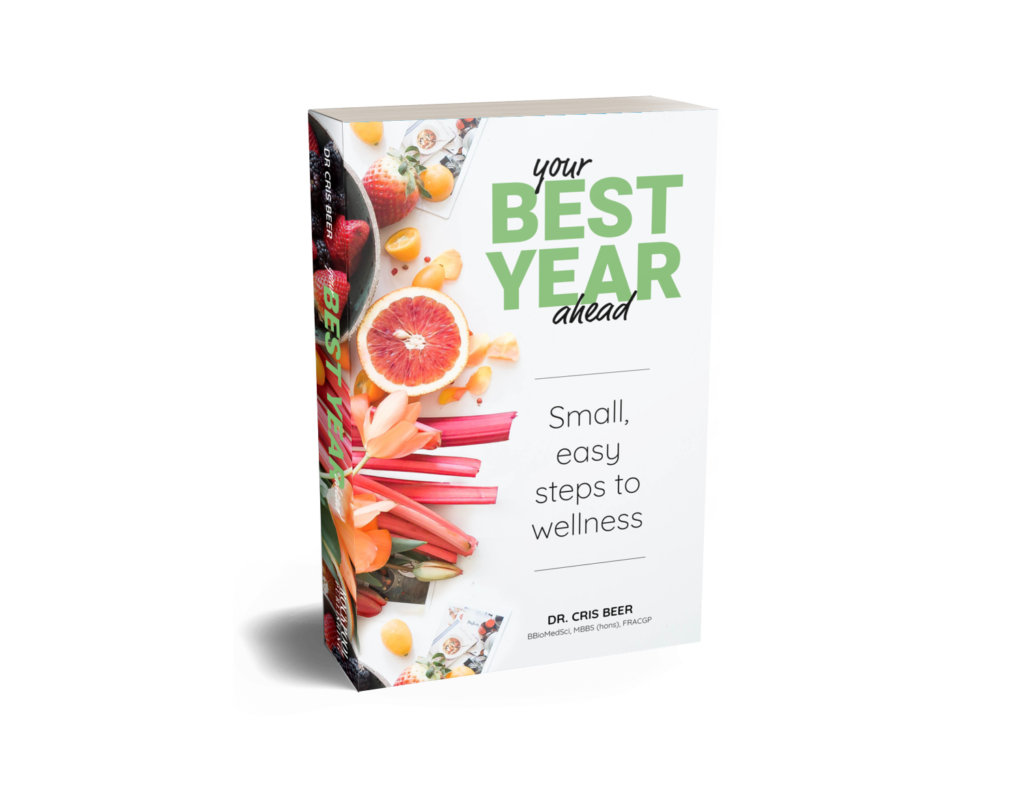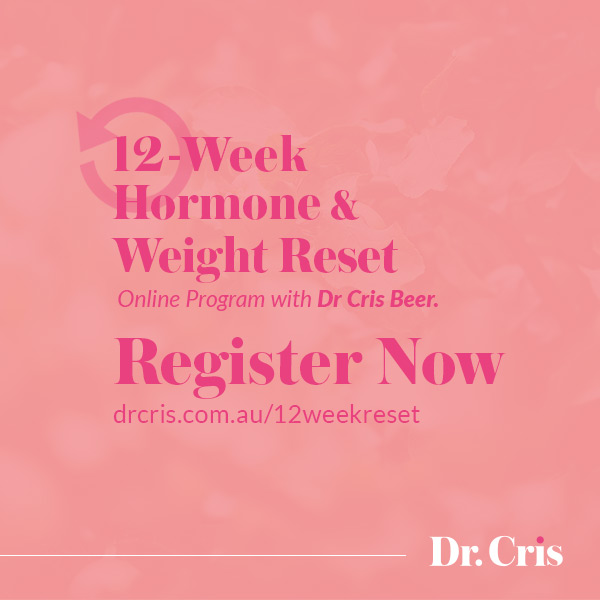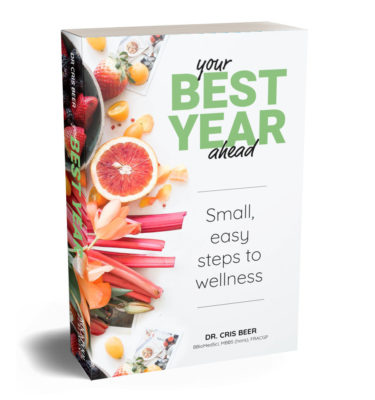There is really no point making an effort to have a healthy breakfast and dinner when you go and have fast-food for lunch, sugary foods as snacks, or nibble at cheese and crackers, salted nuts or baked goods that you find in the staffroom. Planning and preparing your lunch and snacks ahead of time is imperative to staying on track with your health goals.
So what are some healthy lunchbox options?
Healthy Lunches
Avoid skipping lunch even though you may be busy and tempted to just have a piece of fruit or biscuit when you feel peckish. Lunch is an important meal of the day and helps to curb your appetite when you get those afternoon cravings. Eating lunch will also help keep your energy levels up for the rest of the day, and provides an opportunity to meet your daily fruit and vegetable intake.
There are some general principles to keep in mind when making a healthy lunch, including:
- Firstly try to keep lunch as fresh as possible. Avoid processed, pre-package, or frozen meals.
- Always include salad or vegetables at lunchtime.
- For a dressing choose lemon juice, olive oil, or apple cider vinegar. Balsamic vinegar is okay occasionally but is higher in sugar than the other vinegars. Avoid creamy dressings such as Caesar dressings and ranch dressings.
- Always include some protein with your lunch, which will keep you feeling fuller. This may include, for example, a hard-boiled egg, lentils, beans, tofu, lean chicken, beef, lamb, turkey, tuna, salmon or sardines.
- Avoid processed meats like salami, prosciutto, chorizo, smoked salmon, Devon, and ham. Instead roast some beef, a turkey, or a chicken, yourself, and finely slice.
- Add a small amount of avocado to your salad. Keep in mind that avocado is rich in good fats but is very energy dense so you only need a small amount.
- If adding cheese choose lower fat feta or cottage cheese rather than hard cheeses.
- A salad sandwich is another option using the above fillings. Choose wholegrain bread rather than wholemeal or white bread. To save on the bread calories consider having an open sandwich with just one slice of bread. Avoid adding mayonnaise, BBQ sauce or tomato sauce to your sandwich. Use avocado instead and keep butter to a minimum. Season with a small amount of salt and pepper.
- A wholegrain wrap or tortilla is another option with the lowest calorie choice being Mountain bread. Mountain Bread can also be used to replace the pastry in lasagne, moussaka, pasties and quiches.
- Wholegrain crackers such as Ryvita are another option, as is corn and brown rice cakes.
- Of course you can always bring healthy leftovers from the night before to have as lunch.
- Drink only water or a cup of tea or coffee at lunchtime (preferably away from your meals to avoid digestion disruption). Avoid juice, alcohol, soft drinks, sweetened iced teas and flavoured milks which add unnecessary sugar and calories.
Healthy Snacks
Having healthy snack options at hand helps you to avoid the temptation to buy something sugary. Having a mid-morning and mid-afternoon snack helps to keep blood sugar levels stable and keeps your metabolism working. As with healthy lunches choosing a healthy snack is easy if you follow the following general principles:
- Do try and have protein with snacks also
- Avoid processed snacks which are often high in fat, sugar and/or salt
- Avoid chips, flavoured crackers or processed cheese
Healthy options include:
- Plain yoghurt with berries and oats sprinkled on top
- A small handful of raw nuts (unsalted and not roasted)
- Plain rice crackers with hummus
- A boiled egg
- Vegetable sticks with homemade dip
- Protein balls made with almond meal, tahini, cocao powder, xylitol, and rolled in desiccated coconut
- Wholegrain crackers or corn thins or brown rice cakes with about 1–2 teaspoons of almond butter
- Protein shake made from 1⁄2 cup almond milk, berries, 1 scoop whey isolate, rice protein or pea protein, 1 tsp ground flaxseed, and 1 tbsp psyllium husks
- If choosing muesli bars avoid those that are chocolate or yoghurt covered or have dried fruit and instead choose plain rolled oat bars.
Another skill that you will need to master in order to keep up a healthy lifestyle is food label reading. With more and more foods available already pre-prepared and
packaged it can be difficult to know which are healthy options and which are laden with unwanted additives. So you need to look at the label carefully and be able to decipher all
of those numbers.
How You Can Avoid Label Confusion
Label reading can be confusing but can be made easier by following a few basic principles. Firstly on the back or sides of packets there will be three components to the food label:
One part of the food label is called the nutritional panel. This contains information about the Calories, macronutrients, salt (sodium), as well as occasionally listed vitamins. Avoid looking down the column that states ‘per serving’ as this can be deceptive. Some products will contain many serves per packet so you may eat the whole packet without realising that you have eaten two, three, or more serves in one go and essentially all the calories, fat, sugar etc. to go with it. Instead look at the column that states ‘per 100g’ as this is the common comparator column between all products. Choose products that:
- Contain less than 5g per 100g of total sugar
- Contain less than 5g per 100g of saturated fat
- Contain nil trans fats (more about trans fats later)
- Contain less than 120 mg per 100 g of sodium
- Often just underneath the nutritional panel is a list of potential allergens that may be found in the food product due to direct ingredients or due to the way the food was processed, for example, ‘may contain nuts, dairy, gluten etc.’. If you are allergic or intolerant to these common food allergens then this is typically where you will find this information.
- There will be a list, in order of amount added, of the ingredients of the product. Keep in mind that if the first three ingredients listed are sugar, fat, or salt avoid that product. It is likely to be a highly processed, energy-dense food item that will not be the healthiest choice. When reading the listed ingredients look out for and avoid the following
Flavours – these are added to enhance the flavour of products. For a full list of artificial flavours to avoid see the appendices. One to mention is MSG, which has been linked to various health concerns in MSG-sensitive individuals including behavioural changes, headaches, nausea, dry mouth and irritability. This could either be labelled as ‘flavour enhancer 621–635’ or as glutamate, monosodium glutamate, textured vegetable protein, hydrolysed vegetable protein, yeast extract, gelatin, sodium caseinate, calcium caseinate.
Colours – these are added to enhance the colouring of foods, the worst being sunset yellow (number 110) and allura red (number 129).
Preservatives – these are added to help foods keep for longer and include benzoates, sulphites, sorbates, nitrates, nitrites, antioxidants, and proprionates. Some individuals are very sensitive to these, particularly sulphites in those who are asthmatic. Once again, for a full list of preservatives to watch for refer to the appendices section.
Artificial Sweeteners – products that state ‘diet’ or ‘sugar free’ often contain artificial sweeteners. Many artificial sweeteners have some known potential side effects including headaches, dizziness, nausea, diarrhoea, abdominal pains, and other as yet unknown side effects. Artificial sweeteners are also known as aspartamine, sucralose, and phenylalanine. Choose instead products sweetened with stevia or xylitol or small amounts of honey, rice bran/malt syrup, agave syrup or molasses.
Trans Fats – trans or hydrogenated fats and partially hydrogenated fats are man-made fats used to increase the shelf life of a product. These are known to be directly linked to heart disease and need to be avoided. Products that contain this type of fat include margarine, shortening, and most store-bought peanut butters. They are found in almost every item in the middle of the supermarket as well as the bakery section, where all the shelf-stable pastries, biscuits, cakes, pies, doughnuts, crackers, breakfast cereals, commercial salad dressings, rolls, muesli bars and packaged foods lie. Avoid these parts of the supermarket as you will be hard pressed trying to find products that do not contain trans fats.
Keep in mind in Australia food labelling is to some degree self-regulated meaning that food companies may omit ingredients that make up a very small percentage of a food, they make slightly misleading health claims, and may not make it obvious when a food contains harmful food items such as trans fats. To this degree try as best you can to avoid pre-prepared and packaged foods and instead stick to fresh foods and make your own from scratch as much as possible.
#healthyhabits #healthyliver
Dr Cris
Holistic Medical Doctor, Author ‘Your Best Year Ahead‘, ‘Healthy Habits, 52 Ways to Better Health‘ and Healthy Liver




